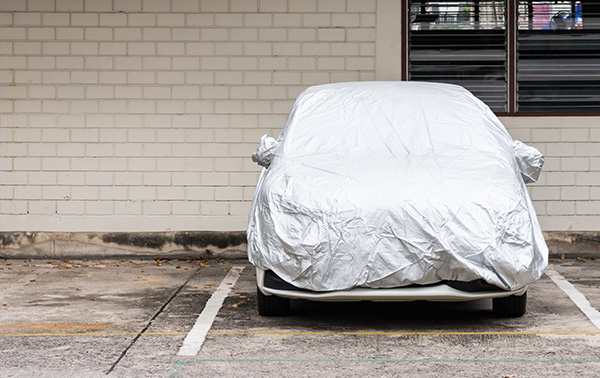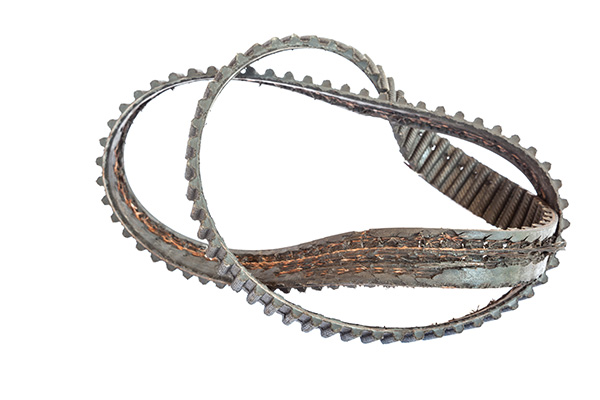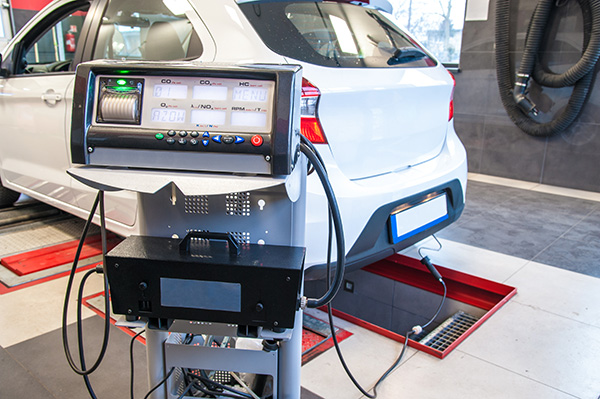Posted on 3/28/2025

The sun is blazing, the pavement is sizzling, and your car feels like an oven before you even step inside. Sound familiar? When the temperatures climb during spring and summer, keeping your car cool isn’t just about comfort—it’s also essential for protecting your vehicle’s interior and mechanical components. The good news? You don’t have to suffer through unbearable heat every time you drive. With a few simple tricks, you can keep your car from turning into a sauna on those scorching days. Use a Sunshade or Windshield Cover One of the easiest ways to prevent heat buildup inside your car is by using a sunshade. A reflective windshield cover blocks out direct sunlight, keeping the dashboard, seats, and steering wheel from absorbing excessive heat. If you park outside often, investing in a high-quality sunshade is one of the best things you can do to maintain a cooler cabin. For extra protection, consider using window visors or tinted film ... read more
Posted on 2/28/2025

Driving should be an enjoyable experience, but when you start noticing the unmistakable scent of burning rubber, it’s hard not to feel a little uneasy. That strong, acrid smell is usually a sign that something isn’t quite right under the hood—or somewhere else in your vehicle. While some causes are minor and easy to fix, others can indicate more serious issues that need immediate attention. If you’ve ever caught a whiff of burning rubber while driving, here’s what might be causing it and what you should do about it. Slipping or Worn-Out Drive Belt One of the most common reasons for a burning rubber smell is a slipping or failing drive belt. Your car’s belts, including the serpentine belt, are responsible for powering essential components like the alternator, water pump, and air conditioning. Over time, these belts can wear down, become misaligned ... read more
Posted on 1/31/2025

Failing a state inspection or emissions test can feel frustrating, but it’s not the end of the road. Pennsylvania requires these tests to ensure vehicles meet safety and environmental standards, so a failure isn’t uncommon—and it’s fixable. If you’ve recently failed and aren’t sure how to proceed, don’t worry. Here’s what you need to know to get your vehicle back on track and passing with flying colors. Understand Why You Failed The first step in addressing a failed inspection or emissions test is understanding the reason behind it. The test results will typically include a detailed report outlining the issues. Common reasons for failure include: Worn brakes or tires Check engine light on Faulty emissions system Exhaust leaks Damaged lights or windshield By reviewing the failure report, you can pinpoint the exact areas that need attention. This knowledge will help you prioritize repairs and avoid unnecessary expens ... read more